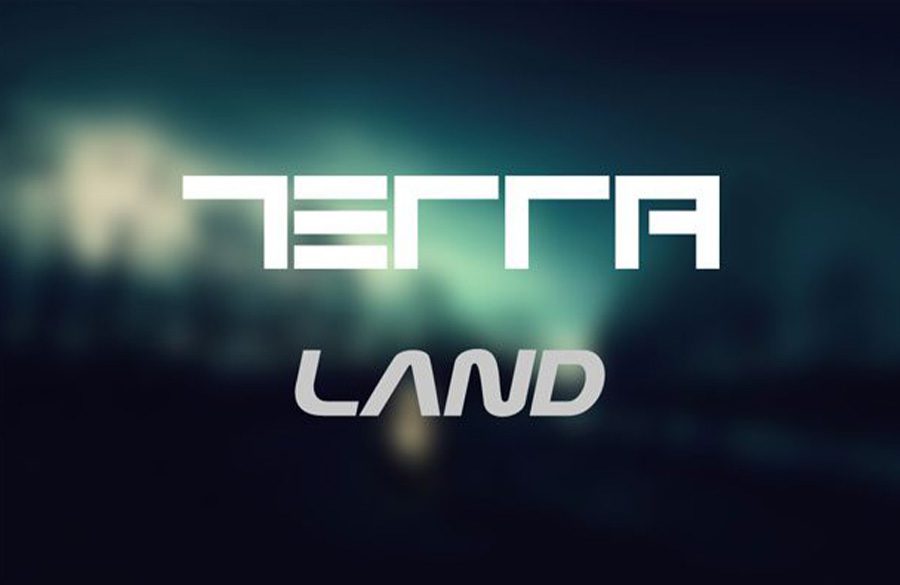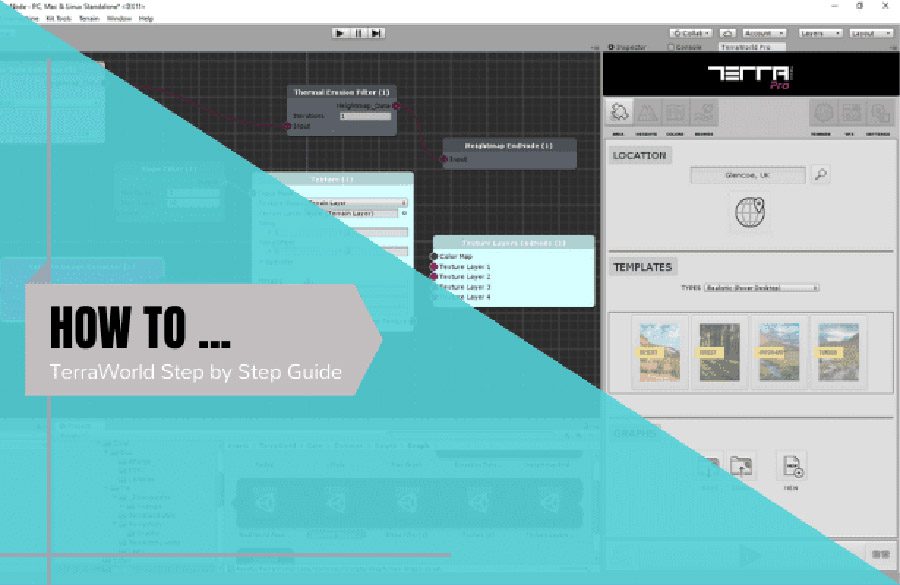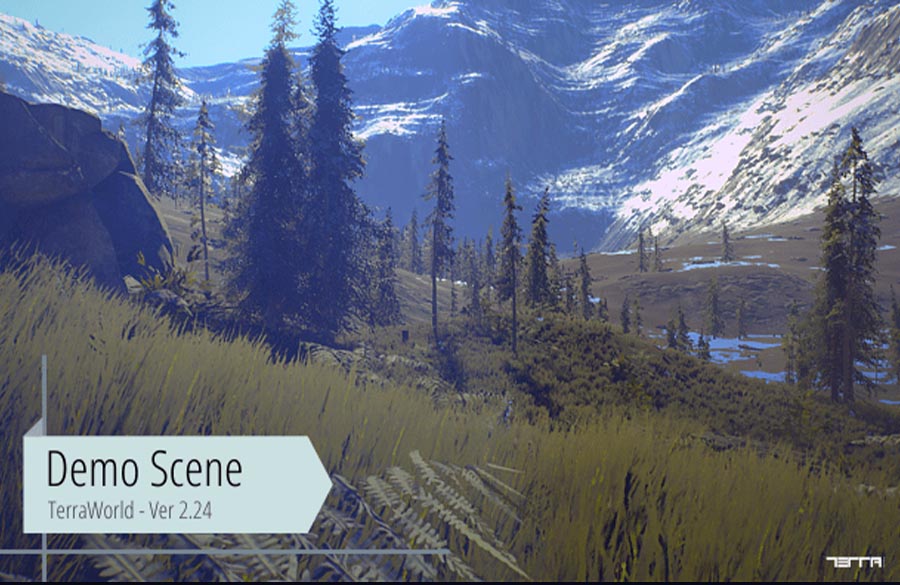We need the following values in order to do proper geo-referencing operations in Unity:
(The following 2 values are found in TerraLand Downloader’s “Area Location” section)
- public double originLatitude; Origin Latitude coordinate of the database & generated terrain area
- public double originLongitude; Origin Longitude coordinate of the database & generated terrain area
36.87916, -111.5105
(The following 2 values are found in TerraLand Downloader’s “Area Size” section)
- public double areaHeight; Length of the generated area in meters
- public double areaWidth; Width of the generated area in meters
12000, 12000
(The following 4 values are found in TerraLand Downloader’s “Terrain Bounds” tab)
- public double areaTop; Top Latitude coordinate of the generated area
- public double areaBottom; Bottom Latitude coordinate of the generated area
- public double areaLeft; Left Longitude coordinate of the generated area
- public double areaRight; Right Longitude coordinate of the generated area
Top: 36.9330589170472, Bottom: 36.8252610829528, Left: -111.577881816826 & Right: -111.443118183174
And then we can simply convert any Latitude/Longitude points of interests into Unity’s world space in our scene. Here is the following script to get geo-referenced object position in Unity world space and move it to desired Latitude/Longitude coordinates right in the Editor.
-
using System.Collections;
-
using System.Collections.Generic;
-
using UnityEngine;
-
[ExecuteInEditMode]
-
public class LatLon2Unity : MonoBehaviour
-
{
-
public double originLatitude;
-
public double originLongitude;
-
public double areaHeight;
-
public double areaWidth;
-
public double areaTop;
-
public double areaBottom;
-
public double areaLeft;
-
public double areaRight;
-
public bool forceMoveToLatLon = false;
-
public double destinationLat;
-
public double destinationLon;
-
private double currentLatitude;
-
private double currentLongitude;
-
void Update ()
-
{
-
if(transform.position.z >= 0)
-
currentLatitude = originLatitude + ((areaTop – areaBottom) * (Mathf.InverseLerp(0, (float)areaHeight, transform.position.z)));
-
else
-
currentLatitude = originLatitude – ((areaTop – areaBottom) * (Mathf.InverseLerp(0, (float)areaHeight, -transform.position.z)));
-
if(transform.position.x >= 0)
-
currentLongitude = originLongitude + ((areaRight – areaLeft) * (Mathf.InverseLerp(0, (float)areaWidth, transform.position.x)));
-
else
-
currentLongitude = originLongitude – ((areaRight – areaLeft) * (Mathf.InverseLerp(0, (float)areaWidth, -transform.position.x)));
-
print(“Current Lat: ” + currentLatitude + ” Lon: ” + currentLongitude);
-
if(forceMoveToLatLon)
-
MoveToLatLon();
-
}
-
private void MoveToLatLon ()
-
{
-
(
-
(float)(((destinationLon – areaLeft) / (areaRight – areaLeft)) * (areaWidth)) – (float)(areaWidth / 2f),
-
0,
-
(float)(((destinationLat – areaBottom) / (areaTop – areaBottom)) * (areaHeight)) – (float)(areaHeight / 2f)
-
);
-
}
-
}
Following picture shows a geo-referenced object placed exactly at given coordinates of “36.9005219376448, -111.458823759922”. Location on Google Maps
Here is the free download of full scene for the above implementation:
terraunity.com/freedownload/TerraLand_LatLon2UnityWorldSpace.unitypackage
FYI, the “TerraLand Terrain” component has built-in coordinates converter between “Minute, Degree, Second” (MDS) to Decimal Degrees (DD) GIS formats and vice versa, so no need to go for online converters such as the one you mentioned.




